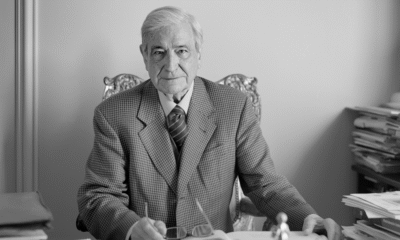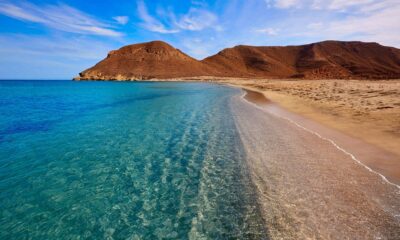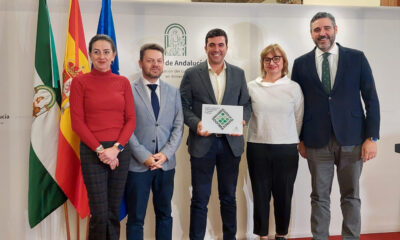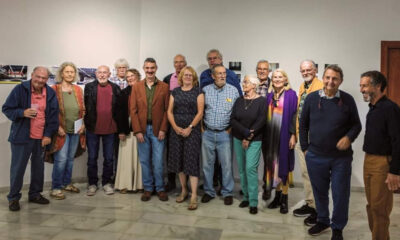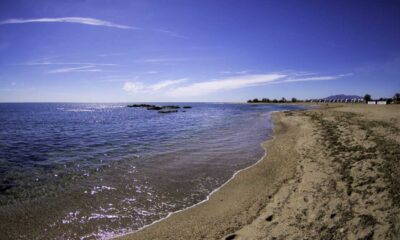Towns
Vera and its Beautiful Beaches
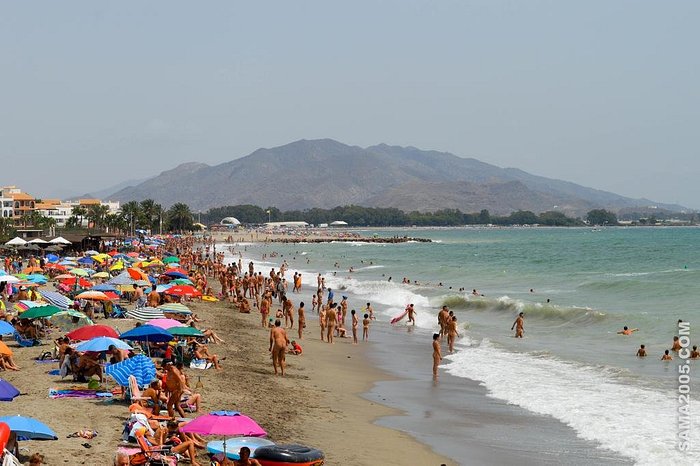
Vera is a small walled renaissance town located in the Levante of Almeria, close to the coast, in the autonomous community of Andalusia. Vera is easily accessed from the main E15 Autovía (motorway), which takes you through to Almeria city, the town is prosperous with a great variety of modern facilities and sightseeing points of interest.
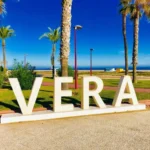
History
The town was originally called Baria and was located closer to the sea near Villaricos, when the Arab occupation took over they moved the town to the hill of Espiritu Santo, but a huge earthquake destroyed the area in 1518. Legend has it that when Queen Isabel climbed to the top of the hill she fired an arrow and ordered that Vera be rebuilt wherever the arrow landed. The town as we know was rebuilt in the 16th century and later developed further in the 18th century.
Architecture
Vera has several buildings of architectural interest, the main Plaza Mayor (square) houses the 15th century Church de la Encarnación, originally built as a fort to protect against the moors, it’s an imposing building with its 4 great towers and the interior is no less impressive with a wonderful altarpiece. The Ayuntamiento de Vera (Vera town hall) was built in the 16th century, here you will find the Ethnographic and Archaeological Museum which contains lots of interesting information and archeological finds which tell the history and folklore of Vera and its surrounding areas.
There is also the Church of the Covent de Nuestra Señora de la Victoria (1605), the Royal Hospital of San Agustín (19th century), the Hermitage de Nuestra Señora de las Huertas, located on the outskirts of Vera to give thanks to the people of Lorca for their aid in liberating Vera from the Moorish siege of 1569 and the Hermitage de la Virgen de las Angustias, a 19th century building that houses the patron saint of Vera.
Festivals
Spain is well known for its fiestas (street parties) and Vera is no exception; with such a rich history and a sense of value the Spanish take every opportunity to remind visitors and young ones alike of their culture. Annual celebrations in Vera include the carnival, holy week, May Crosses and Saint Cleofás Day, which takes place on the 25th September.
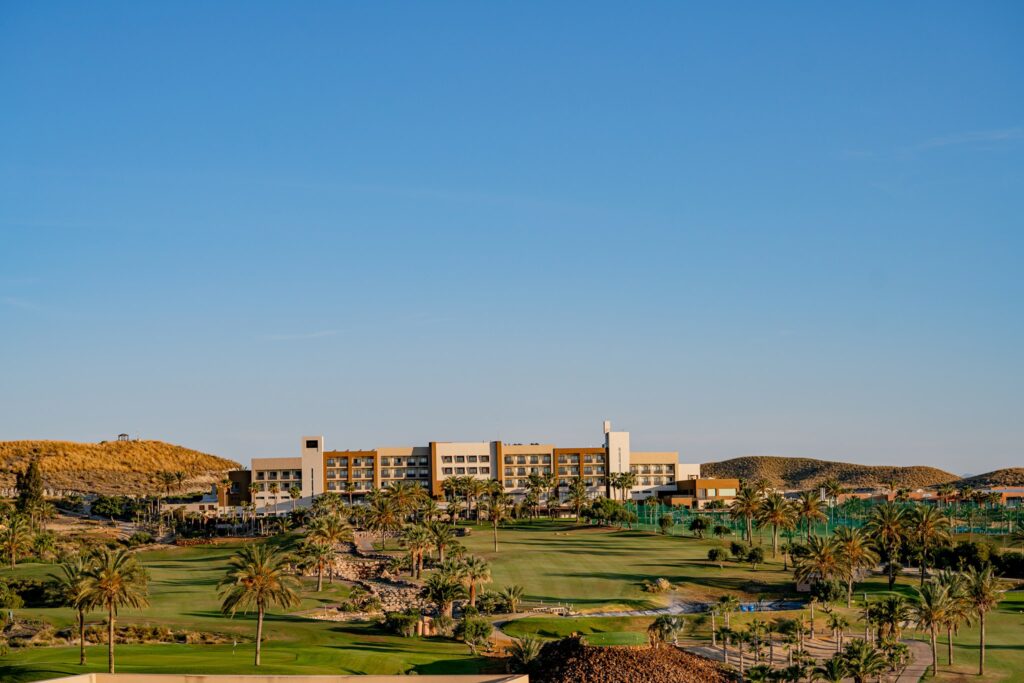
Attractions
Vera is far from just a sleepy old inland pueblo, it has perfectly combined its historical roots with the requirements of modern life. It is a bustling hive of activity and has a wonderful eclectic mix of shops, bars and restaurants to suit all tastes. Also Valle del Este golf Resort is on the out skirts of Vera with a four star Hotel. Saturday is market day where the main streets turn themselves over to the sprawling, where you can buy anything from a frying pan to beautiful rugs, handbags, shoes and much more.
Gastronomy
Eating out in Vera is a pleasurable experience; there are ample tapas bars and restaurants to choose from. Typical local dishes include Gurullos (bread fried in lard with garlic, bacon and other ingredients), Sardines, Red Soup and Wheat Stew. Delicious wine ring-shaped cakes are also typical, as is Date Cake.
Vera Playa
Vera Playa is famous for its large Naturist Beach (Nudist beach), its known as the as the centre of naturism in Andalucía. The beach is supported by a number of naturist hotels, apartments and camping facilities.
At Vera Playa there is also a Parque Acuatico (Water Park), which provides a thrilling and fun family day out. You can choose to relax by one of
the three swimming pools or experience the exhilarating fun of the kamikaze water shoots, black hole and Adventure River. There is also mini-golf, green zones and an amusement park.
City News
Mojácar Reinforces Its Position as a Destination of Excellence for Easter
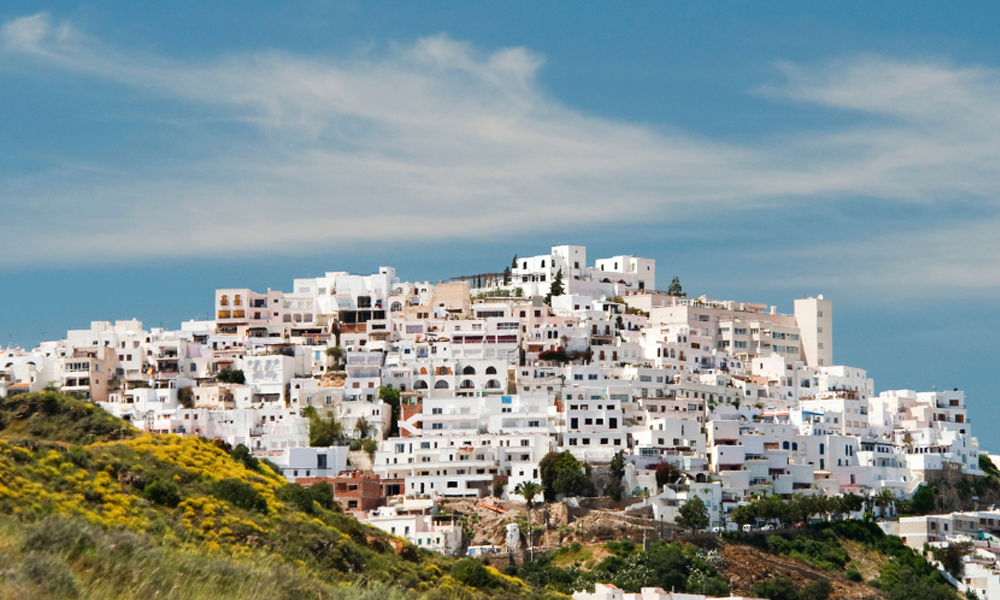
Mojácar is preparing for one of the busiest Easter Weeks in recent years, with a forecast of a very high hotel occupancy rate and many establishments near to full capacity.
The combination of tradition, culture, privileged climate and a quality tourism offer has once again made Mojácar one of the Mediterranean’s favourite destinations.
According to data gathered by the Tourism Department, many hotels will reach 90% and 100% occupancy on Maundy Thursday and Good Friday, and others will exceed 85% in their average bookings for the whole week.
At the same time, some recently opened accommodation and several tourist apartments are still offering availability, which represents an opportunity for last minute visitors.
In addition to the excellent tourist response, Mojácar presents a full Easter Week programme with religious and cultural events in the heart of the old town. The processions on Maundy Thursday and Good Friday will mark the most emotional moments, starting from the Santa María Church and going through the municipality’s most emblematic streets.
The spring-like weather will be another of the main attractions, with temperatures forecast to be between 22 and 25 degrees and no rain, ideal for enjoying both the religious events and the beach and open-air leisure.
The Local Council has activated a special mobility plan, reinforcing public transport between Mojácar Pueblo and Mojácar Playa for the enjoyment of both visitors and residents of the municipality
Francisco García, Mayor of Mojácar, has been very positive about the response from the tourism sector: “Easter Week once again positions Mojácar as one of the leading destinations in the Mediterranean. Our offer combines tradition, culture, beach and fine cuisine, and that translates into an almost full occupancy rate”.
Tourism Councillor María Gracia Alarcón highlighted the joint work that has made this success possible: “These figures are the result of coordinated work between Mojácar Council, business owners and tourism promoters. Mojácar offers much more than sun and beach, and increasingly more visitors are discovering it all year round, not just in summer.”.
With all these elements, Mojácar approaches an Easter Week marked by the high number of visitors, the quality of its tourism offer and the deeply-rooted nature of its traditions. The municipality thus reaffirms its commitment to a sustainable, welcoming and quality tourism model, consolidating itself as an essential destination not only in summer, but also at key times of year such as this Easter Week.
City News
Mojácar Dedicates a Plaza to Antonio Bonet Correo
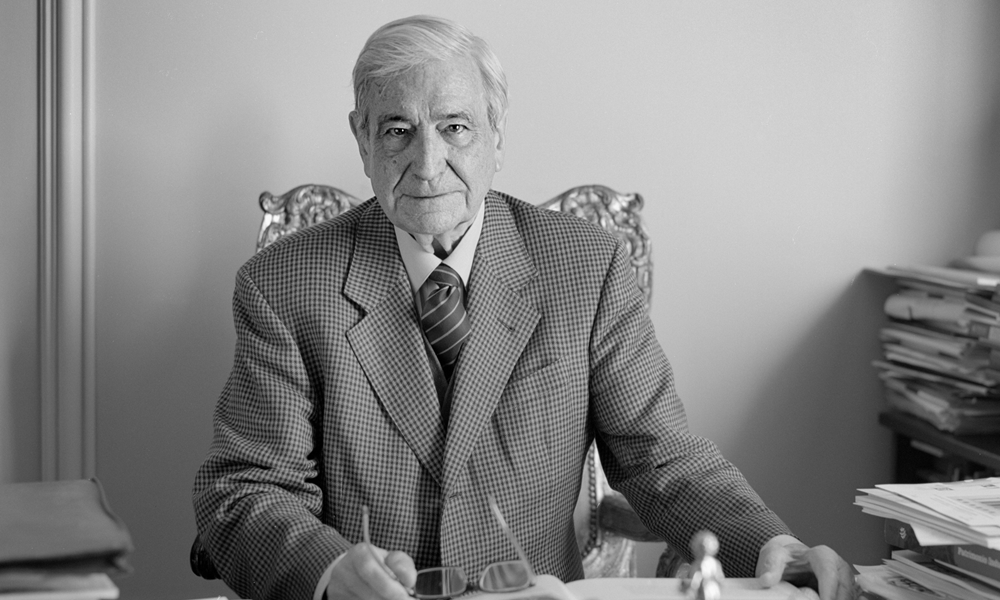
Mojácar dedicates a plaza to Antonio Bonet Correo, a great figure in spanish art with a strong link to the municipality next Tuesday 15th of April at 5pm. Mojácar Council will pay tribute to the renowned art historian Antonio Bonet Correa, with the unveiling of this dedication in his memory and the official designation of the Plaza Antonio Bonet Correa, located in the Calle Salvia, a symbolic place next to the sea which from now on will bear his name.
Antonio Bonet Correa (1925-2020) was one of the great restorers of art historiography in Spain. An academic, professor and director of institutions such as the San Fernando Royal Academy of Fine Arts and the Madrid Museum of Contemporary Art, he introduced new ways of interpreting art, connecting it with architecture, sociology and critical thought. His legacy also included the defence of artistic heritage, research into the Andalucian Baroque and the promotion of new aesthetic trends.
His link with Mojácar dates back to 1965, when he arrived in the municipality accompanied by his family. He discovered the village thanks to the geographer Horacio Capel, and from then he maintained a deep connection with its people, its architecture and its surroundings. He was a regular in the municipality for decades, actively participating in its cultural life, chairing the Mojácar Art Courses and promoting the arrival of great artists to the municipality.
The Mayor of Mojácar, Francisco García Cerdá, highlighted that: “Antonio Bonet Correa was able to see in Mojácar not only its scenic beauty, but also its value as a meeting point between tradition and modernity. He was an essential pillar in the promotion and dissemination of art in our municipality. With this square, we leave a record of his mark on our history and our way of understanding culture.”
Pedro Bonet, professor of recorder and director of the Baroque Music Group La Folía, and Antonio Bonet Correa’s son, commented: “My father was a restorer of the history of art in Spain, and his dedication was tireless up until his death five years ago. We are very grateful to the Local Council for this gesture that recognises not only his figure, but that of all those pioneers who were committed to the culture and beauty of Almería.”
Mojácar Council invites residents and visitors to take part in this emotionally charged event, marking another step in the locality’s commitment to cultural memory, art and the figures who have contributed to its enrichment.
City News
The Art of Enjoying the Landscape by Decorating Benches
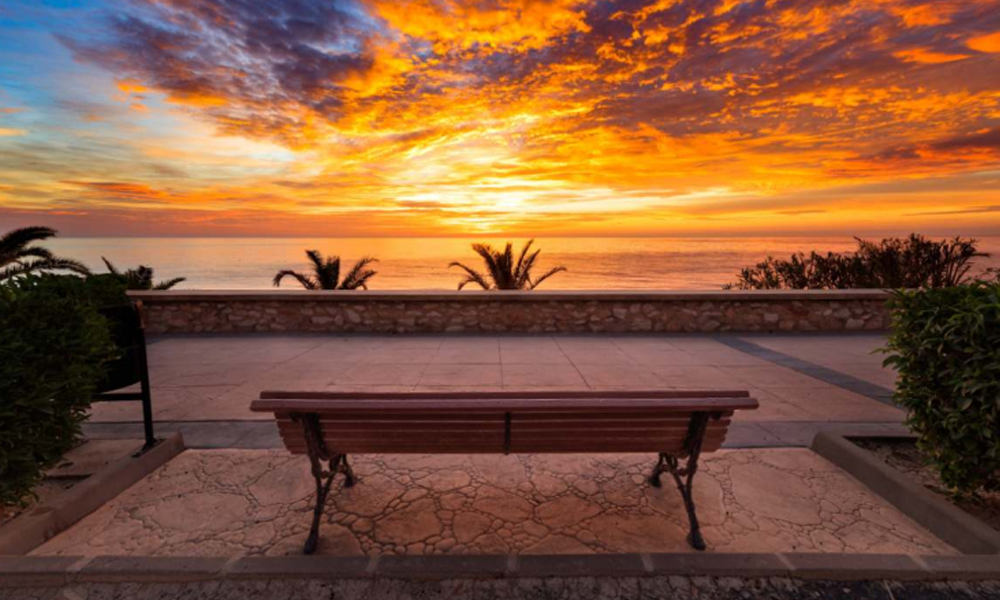
Mojácar announces the competition “SentArte”: The art of enjoying the landscape by decorating benches. Mojácar Council, through its Culture and Tourism Departments, has officially launched the SentArte: the art of enjoying the landscape competition, an artistic initiative aimed at transforming street furniture into authentic works of art that enrich the most beautiful corners of the municipality and, at the same time, serve as an additional tourist attraction to boost the arrival of visitors. A project to sit, look and feel.
The competition aims to select creative and original proposals for the decoration of wood benches, which will be installed in unique locations in Mojácar, forming a route where art and landscape go hand in hand. The intention is that each bench will be an invitation not only to sit down, but also to contemplate and appreciate the surroundings.
“SentArte is an invitation to experience Mojácar in a different way. We want locals and visitors to rediscover our landscapes through pausing, art and sensitivity. We believe in culture as a tool for social transformation and in creativity as an engine for local development,” stated the Mayor of Mojácar, Francisco García.
The Tourism Councillor, María Gracia Alarcón, stressed that “this project allows us to highlight unique corners of Mojácar that often go unnoticed. We want art to serve as a guide for discovering these small landscape treasures that we have and, at the same time, to support and showcase the talent of our local artists.
The competition is open to artists, designers, architects and creators in any discipline. Each participant may submit up to three original sketches. Each proposal must include a title and a brief conceptual explanation (maximum 150 words).
The theme of the designs is free, being a requirement that the materials used must be resistant to inclement weather and continuous use. The works must be adapted to the measurements and characteristics of the model bench selected by the Local Council (“Romantic” model, tropical wood and cast iron legs).
SentArte seeks to turn a stroll through Mojácar into a unique experience, where creativity and natural beauty come together in each decorated bench. An artistic itinerary that invites you to sit down, observe and connect with the surroundings.
The complete rules of the competition, as well as the deadlines and entry requirements, are available on Mojácar Council’s official website.
Because in Mojácar, art also sits and admires the view.
-
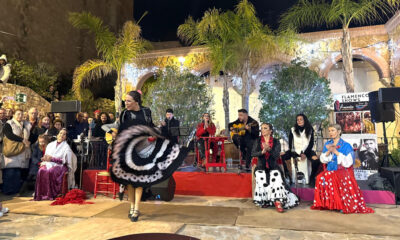
 City News6 months ago
City News6 months agoMojácar Shines as a Model for Christmas Tourism with its Zambomba Flamenca
-
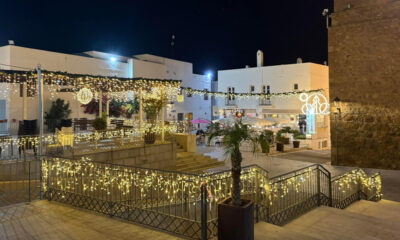
 City News7 months ago
City News7 months agoMojácar Launches its Unique and Innovative Christmas Soundtrack
-
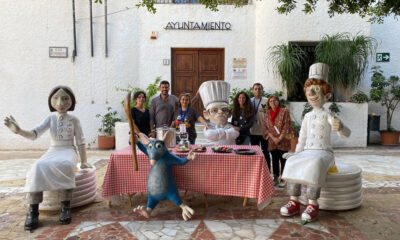
 City News8 months ago
City News8 months agoDisney Magic Takes Over Mojácar: Successful Third Edition of the Family Event
-
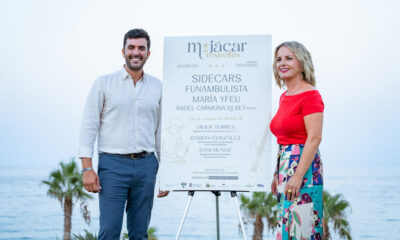
 City News11 months ago
City News11 months agoMojácar “Cinco Estrellas”: A new benchmark in Quality Tourism
-
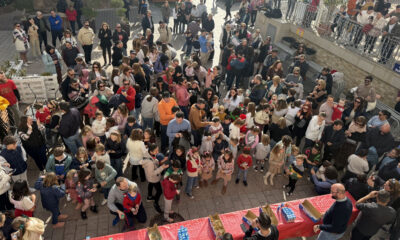
 City News6 months ago
City News6 months agoMojácar Says Goodbye to the Year With the Fifth Edition of its Children´s New Year´s Eve
-
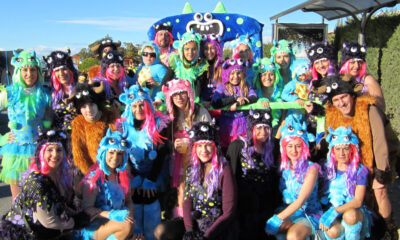
 City News5 months ago
City News5 months agoMojácar Ready to Celebrate Carnival 2025 with a Program Full of Color and Fun
-
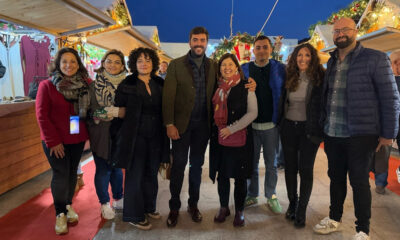
 City News6 months ago
City News6 months agoThe Mojácar Christmas Market Dazzles With its Spectacular Opening
-
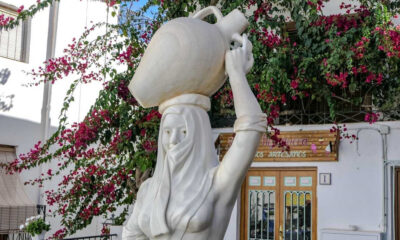
 City News10 months ago
City News10 months agoThe Mojácar Woman Sculpture Turns 35 Coinciding With the Saint Augustine Festivities

